
10 Blackgaze albums released before Sunbather
The word blackgaze is used to describe one of the most improbable genre fusion we could ever imagine to happen; Anticipated by Alcest’s 2005 EP Le Secret and officially explosed in 2010, the genre is a mixture between black metal and shoegaze.
For all those who are not very familiar with such styles, black metal is the most extreme form of heavy metal named after a Venom album from 1982, transposed into a genre by a few very extreme thrash metal bands such as Bathory, Celtic Frost and Sodom, and then exploided with its second wave consisting in a scene composed by norwegian bands active during early 90’s (Mayhem, Immortal and Emperor are a few examples). The genre is frequently associated to a very stereotyped (often reaching ridicolousness) imaginery of musicians with black and white facepaint and long hair with conceptual themes about darkness, occultism and northern european landscapes.
On the other side we have shoegaze, a mostly UK phenomenon of mid 80’s and early 90’s, which is a very dreamy and fuzzy type of alternative rock born as a lighter counterpart of 80’s darkwave and post-punk (Some essential bands are Slowdive, Ride, My Bloody Valentine, Lush and Cocteau Twins).
It’s important to say that while shoegaze has been a thing for a short time with most of its leading bands breaking up, black metal has always been very prolific and since the beginning several bands experimented with weird fusions of the genre (Ulver, Fleuerty, Ved Buens Ende, Enslaved) and completely ignored its estetical and conceptual stereotypes.
But how it’s possible that such opposite worlds would collapse together into this new odd marriage? The non so obvious answer is “completely accidentally”.
In 2005 a very underground french act named Alcest, solo project of Stephan Paut (more known as Neige), a black metal musician with no idea of what shoegaze was, released an EP with both ethereal/dreamy atmospheres and harsh vocals/metal fast drumming called Les Secret. While this EP remained not much more than an innovative underground gem, it is with Neige’s other project Amesouers (same formula, but more post-punk oriented) and the following Alcest full-length Souvenirs d’un Autre Monde (2007, basically Le Secret with zero metal elements) that he gained a strong popularity and got its formula transoformed into the blackgaze genre with the following Alcest album Écailles de Lune (2010); a record that influenced tons of bands all around the world.
As said some rows up, Neige had no idea of what shoegaze was at the time and that result came up simply following his artistic creativity. Later after reading reviews mentioning the shoegaze genre he would eventually fall in love with it and becomes a very good connoisseur of that style of music and its main and less known bands.
Like him almost every band that approached to this genre at the time came from a metal background, with a small knowledge and interest in shoegaze, even perceptible in the way of playing clean and dreamy guitar parts, sometimes way too dry and rough .
From 2010 to 2014 a lot of blackgaze bands have been formed, mostly Écailles de Lune influenced and coming from a black metal background, than San Francisco based band Deafheaven released their iconic album Sunbather and things completely changed.
This list is intended to gather some essential records from the early blackgaze period before the release of Sunbather, of course i can already confirm that there will be a second part entitled 10 Blackgaze records released after Sunbather.
Last but not least, blackgaze is just a term invented by music journalists, it is never been a real genre, but mostly a way of making music.
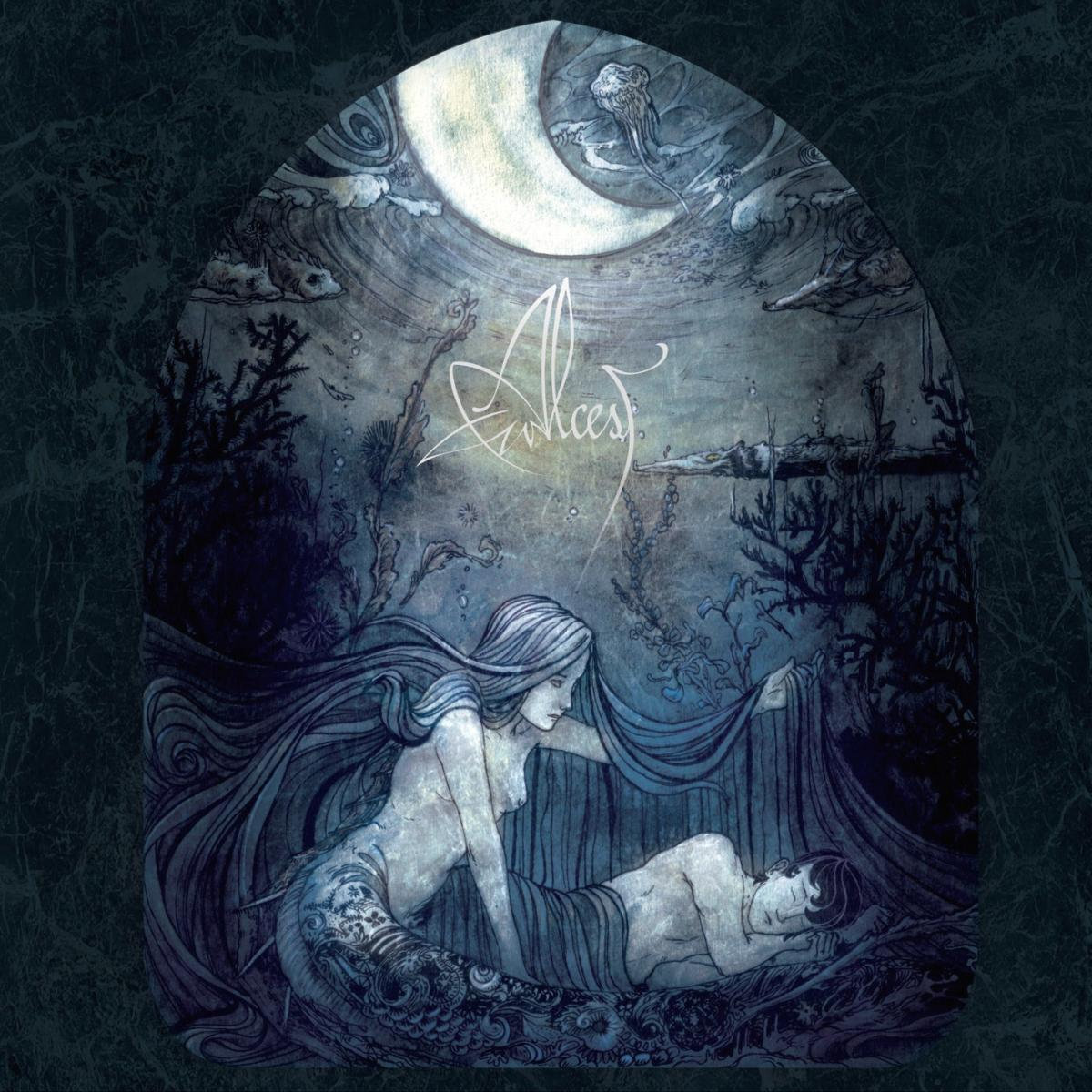
Alcest “Écailles de Lune” (2010)
Released in spring 2010 with a strong hype behind, this should be considered the real blackgaze manifesto and the album that gave Alcest the boost to arrive where they are now.
Everyone who was into atmospheric black metal at the time has been captured by the mellow tunes of this records and its unique mood made of melancholy and nostalgia.
Contrary to its predecessor Souvenir D’un Autre Monde, that had a very fuzzy sound, this album shows a very massive and modern production, with chrystalline sounds, explosive metal guitars and liquid/dreamy clean arpeggio driven sections. Also the vocals shows both harsh black metal screams and ethereal Cocteau Twins-ish singing, which is a unique trademark of the project.
The first three songs Écailles de Lune parts 1 and 2 and Percées de Lumière are already longtime classics and their emotional impact is really powerful and irresistible.
Écailles is elegant, sad and incredibly beautiful: An ocean of dreams that completely absorbs the listener into a magic and comfortable world, and this is not a random example. Indeed Alcest’s music and lyrics on the first three albums are completely based on some visions that Neige had when he was a child that seemed to be sparks of memories from an early life in another world; and this spiritual component of the music in particular makes this album a really unique and mysterious journey. Essential.
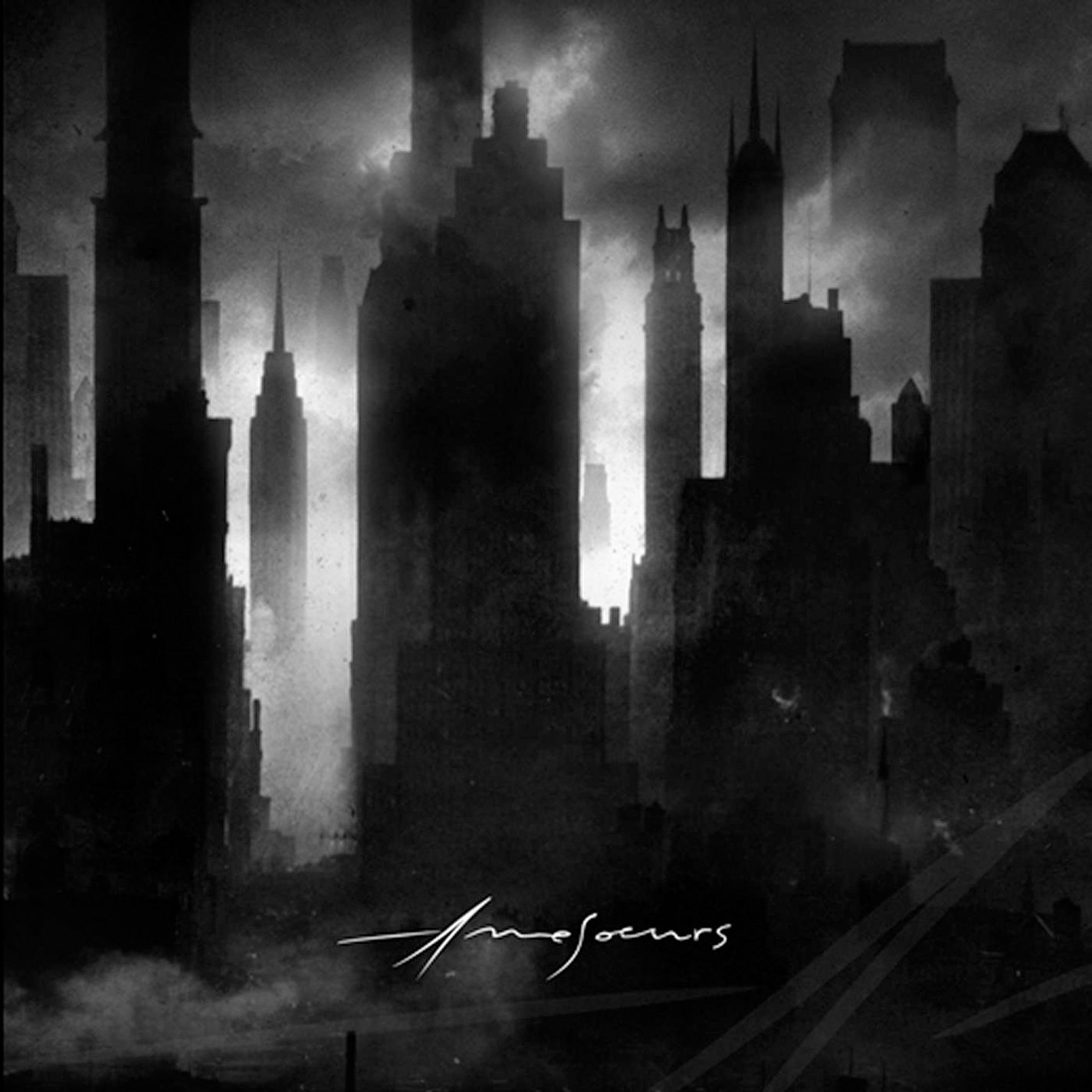
Amesoeurs “Amesoeurs” (2009)
As mentioned on the introduction, this is another project formed by Neige.
This time it is a sort of more collaborative project, initially only with singer Audrey Sylvaine and later with Fursy Teyssier (mastermind of Les Discrets) and Jean Deflandre (Alcest drummer, also playing with Les Discrets at the time): This self titled album is their only full-length released and the last work before splitting up because of internal disagreements and according to rumors also because of Audrey’s open affiliation with neo-fascism and embarassing nationalist right wing ideas.
But even if their carreer was short lived, this album is already an iconic and really wonderful release, with uniqe way of portraying grey urban landscapes through the melancholy of post-punk with some black metal influences.
A strong tribute to Joy Division is certainly not hided here, clearly perceptible across the enthralling bass driven sections of songs like Gas in Veins and Les Ruches Malades, but there are also strong tributes here and there to bands like Asylum Party (Amesoeurs), The Cure (Video Girl), and even some very dark massive metal moments (I XIII V XIX XV V XXI XVIII XIX – IX XIX – IV V I IV and Au Crépuscole de Nos Rêves). Guitar work and songwriting here are incredible, showing very simple, but yet absolutely emotional moments, expressed with sad arpeggios and touching melodies. Also Audrey’s vocals are very well crafted and seems absolutely perfectly mixed with the music offering a unique and magic performance.
Amesoeurs is another worth to listen album you absolutely need to know, it is a fantastic journey across abandonment and sad human feelings, screamed at loud in a city where no one is paying attention to the others, and where the skyscrapers’ shadows are devouring you.
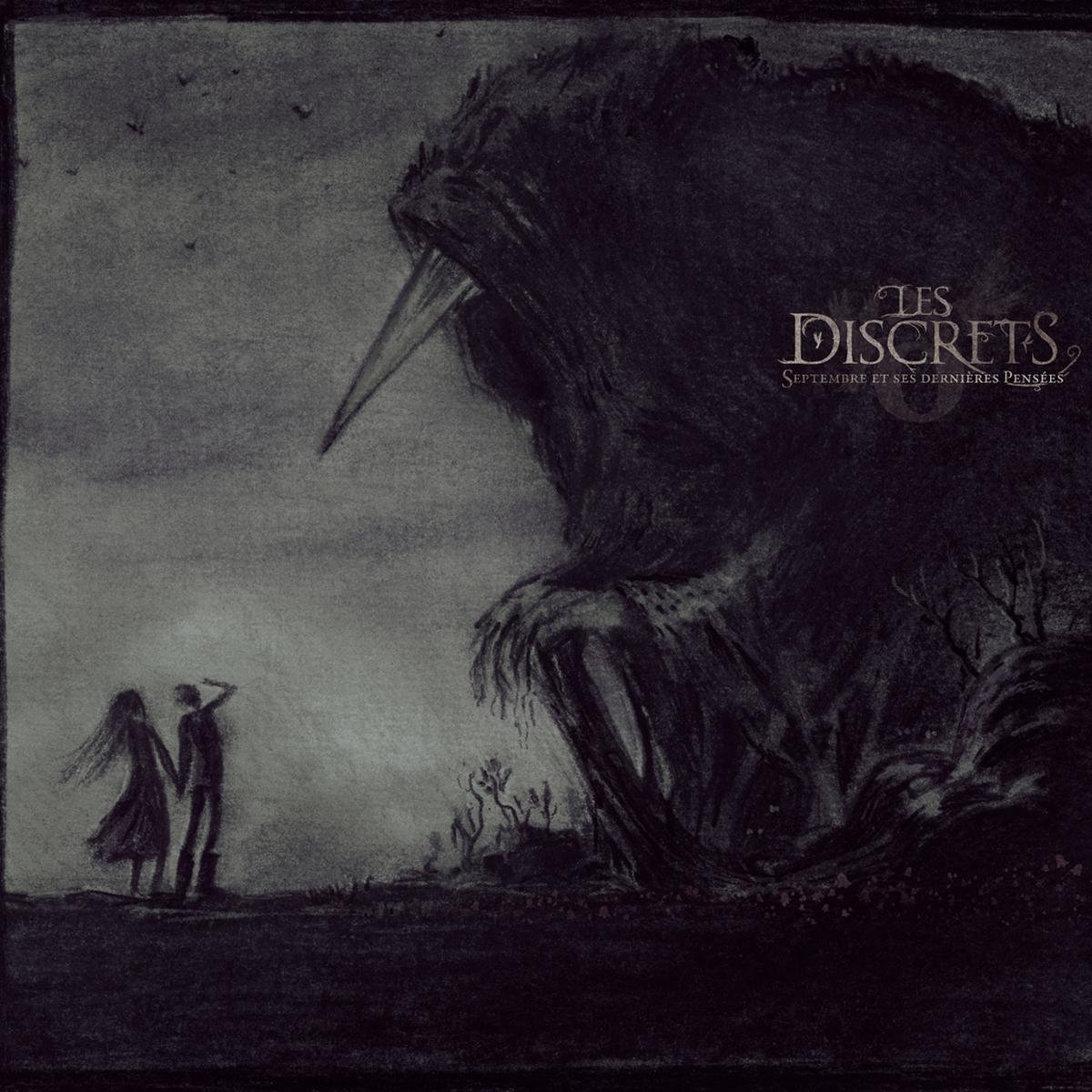
Les Discrets “Septembre Et Ses Dernières Pensées” (2010)
Fursy Teyssier is a very talented video maker, designer and painter, known for its unique style and creativity; the project Les Discrets is the demonstration that he is also an amazng songwriter and musician.
This is the first album of his solo project, released after Amesoeur’s split up, and with the help of Jean Deflandre on drums who is already behind the rhytmic sections of Neige’s main project Alcest; it is also interesting to mention that at the time both Neige and Fursy were playing live bass on the other’s respective project.
Needless to say that this is another fantastic jewel emerging from France 14 years ago, merging dark post-rock (L’échappée, Songs for Mountains) with french chanson (Une Matinée d’Hiver), acoustic guitar driven folk and even some Ulver’s Bergtatt recalls (Les Feuilles de L’Oliver). Fursy’s approach to music is very original and shows a strong personality emerging from his beautiful voice and his evocative lyrics.
This album contains one of the most impressive atmospheres that melancholic music has created during the last decade. Absolutely recommended.
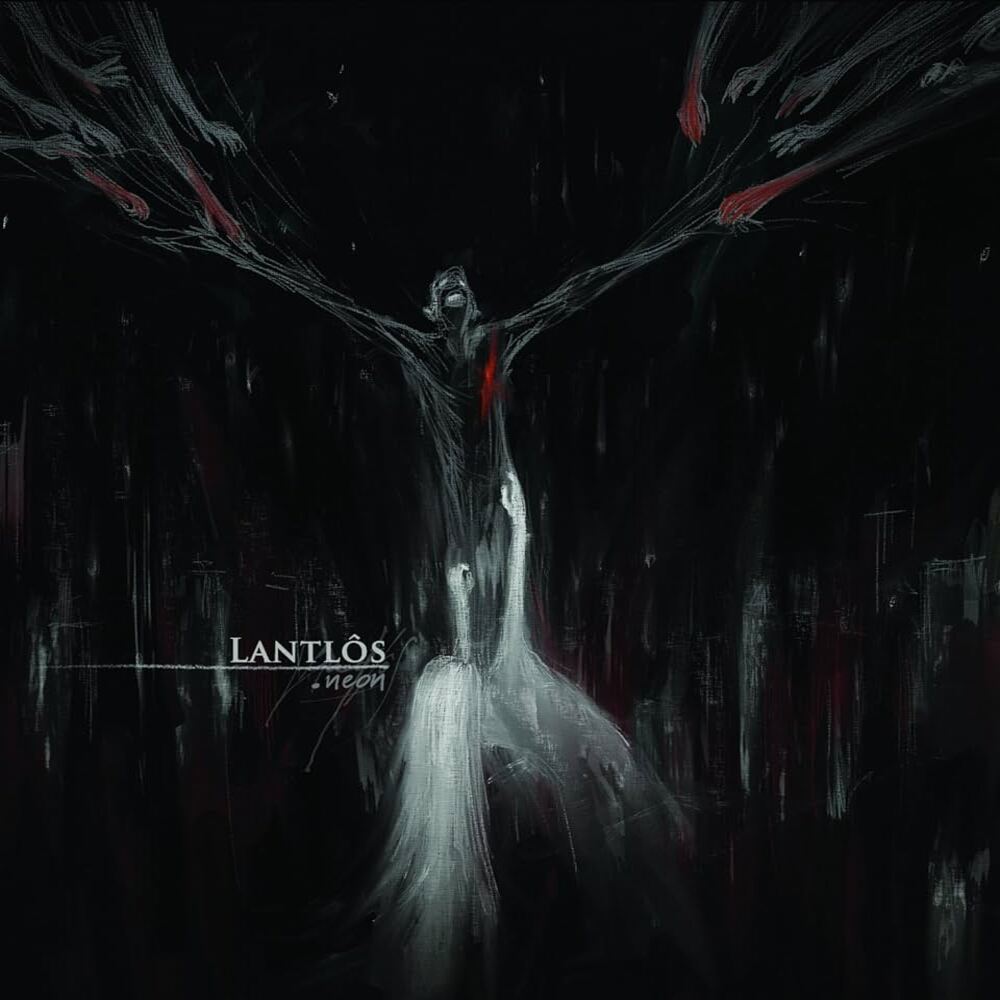
Lantlôs “.Neon” (2010)
One of the most suggestive and beautiful metal albums released in the last years, .Neon is one of the most interesting and well realised things of the whole post-black metal/post-rock hybridation.
Dark jazz vibes, urban desolation, nocturnal music, Deftones inspired parts and black metal blast beat driven section are just only a few of the things you’ll find in this masterpiece, which is the perfect soundtrack for a lone walk at night through the urban lights, able to let you drown into the beautiful calm of dreams. Lantlôs is the solo project of Markus Siegenhort from Rheda, Germany, an artist and music producer that made some of the best music of the period and never disappointed an album with this project.
The very original vibes present here on .Neon make this album absolutely unique and beside the almost perfect songwriting and execution (Markus plays all instruments) should be mentioned the good suffering vocal work recorded by Neige (who also provides some french singing on Neige de Mars) and the beautiful cover art designed by Fursy Teyssier (who also made the artwork of all the records i have mentioned till now).
The way post-rock and black metal are balanced here is fantastic, Markus has actually a really good music knowledge and he’s not only a metal musician, but is really aware of what post-rock, shoegaze and noise rock are, and that is perfectly perceptible basing on the way this album sounds like; perfectly riverbered clean tremolos and amazing guitars with a distortion tone halfway between icy sound and modern production that makes every part to sound like something coming from a nocturnal dream. If you are familiar with insomniac nights, this is the perfect album to hear during them. Definitely one of the records of the decade.
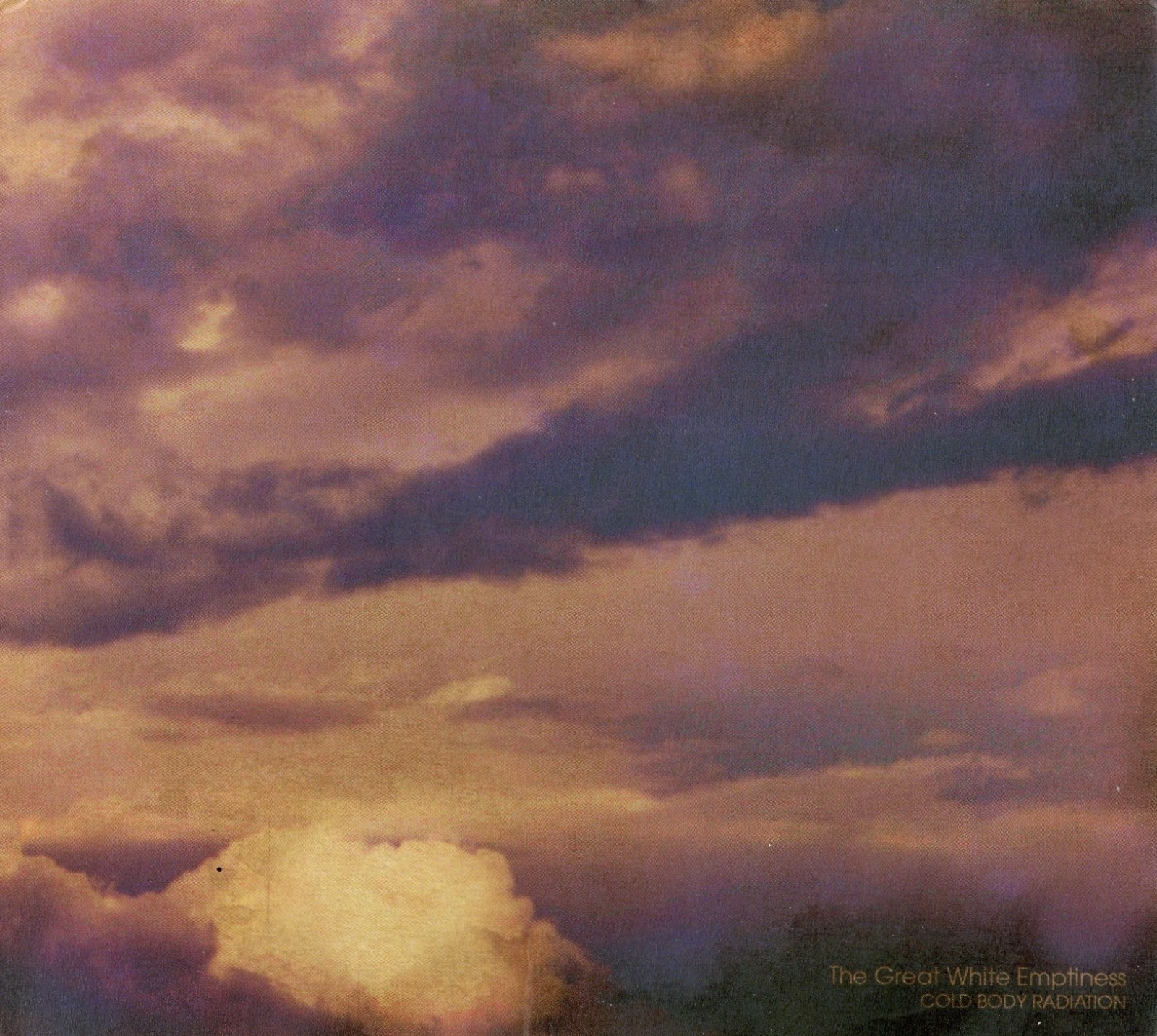
Cold Body Radiation “The Great White Emptiness” (2010)
Ok, seems like the bands from the scene around Neige are finished on this list.
Cold Body Radiation is one of the bands that circulated a lot when the first flowers from the blackgaze seeds where flourishing, alongside projects such as Sleeping Peonies, Dernier Martyr and Sun Devoured Earth. The things that associates this band and all these ones i mentioned is a very fuzzy and raw use of guitars, which is in a certain way typical of some not so famous space shoegaze bands such as Flying Saucer Attack and Alcian Blue.
This album has in fact a lot in common with the most noisey form of shoegaze, but it’s still very melancholic, melodic and black metal influenced with its icy screams and blast beats.
Despite its raw nature, this album is incredibly organic, and the wall of sound on the most melodic parts totally hits you with an immense power (Close your eyes and listen to White Light for a demonstration), also the use of dirty distortions makes the bass even more audible with its proggy verses (Loss, Radiance).
Dark, suggestive fascinating and mysterious.
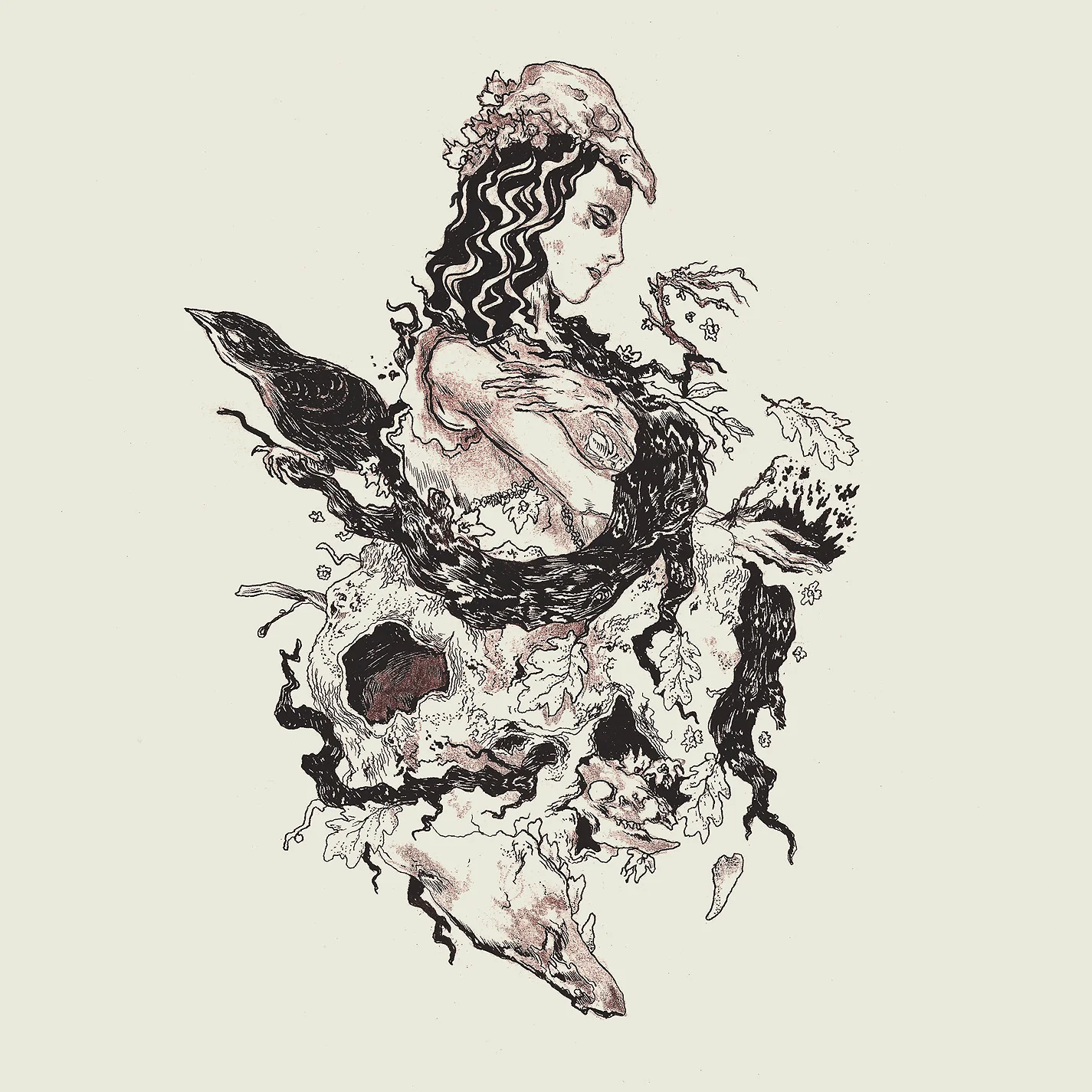
Deafheaven “Roads to Judah” (2011)
Alongside Bosse-de-Nage, Deafheaven is America’s first answer to the blackgaze euophoria, and before creating their own way of approaching the genre with the following Sunbather, they were already answering in a less original, but absolutely impressive way to the genre.
After the release of a very good demo in 2010 that gave them the inclusion in Deathwish Inc.’s roster, they put out one of the most intense and interesting american black metal albums of the last decade.
Even if a strong Lantlôs influence is present here, Defheaven also shows strong roots on the US atmospheric black metal way of sound providing influences from bands like Wolves in the Throne Room, Weakling and even Liturgy.
The album is divided in 4 very long movements, marked out by dark and desperate blast beat explosions, very melancholic atmospheres and some very convincing post-rock interludes, that shows how the band really knows how apporach to such style (at the time their line-up included members of shoegaze bands Whirr and Nothing). Deafheaven is indeed one of the first bands showing real post-rock and shoegaze roots compared to the other european colleagues who were mostly people coming from black metal who discovered post-rock and shoegaze very lately and only beacuse of this new trend.
As i already mentioned on the intro, Deafheaven will later become the most distinctive blackgaze band around with the release of their masterpiece Sunbather and completely changed the approach to the genre, influencing mostly musicians outside metal to embrace such vibes, while in the early it was the opposite.
Also the lyrics here should be mentioned, showing a completely original take, different than any other similiar band who have approached this music; narrating stories and reflections on everyday life with a very impressive poetical work and lexicon.
In conclusion Roads to Judah is another foundamental piece of this puzzle, providing some of the most beautiful melancholic tunes created at the time.
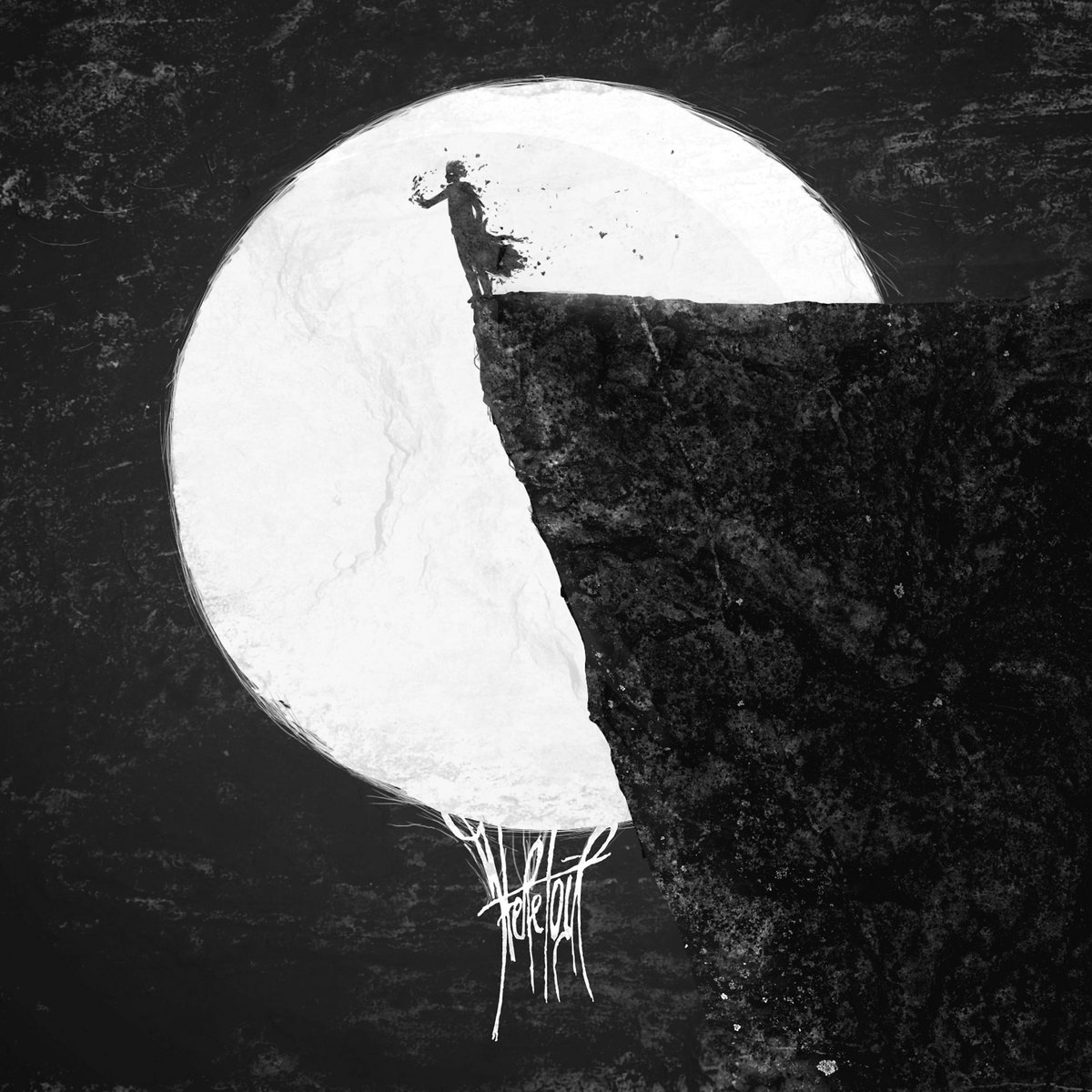
Heretoir “Heretoir” (2011)
When blackgaze started to become a thing, a label in particular answered immediately to this new trend; this label is Pest Productions from China and a foundamental blackgaze release from them is a compilation entitled The World Comes to an End in the End of a Journey, that immediately became a cult release for people interested in such atmospheres.
Heretoir was one of the almost unknown demo projects present there and it is the one that got the bigger recognition not much years later.
This is the debut album by the german one man band leaded by musician David Conrad, who answered with strong Lantlôs and melancholic black metal influences to the blackgaze genre. This album is very good, even if it shows some imperfections on the production, which is way too raw and dry on a post-rock perspective, and on a sometimes too repetitive songwriting; but beside these two things this is undoubtely beautiful and worth to listen.
The song Fatigue is still one of the stronger Heretoir tracks, with its decadent depressive vibe able to let you drown into wonderful sad melodies; this journey into pure sadness than continues through a few instrumental interludes and reaching other high points on the songs Graue Bauten and the conclusive long Heretoir. Also the vocals shows a very good clean singing, often enriched by beautiful harmonisations, accompanied on the other side by black metal screams that are not too impressive, but that certainly do their work.
With the following album The Circle (2017) the band will release a more mature album that also sees the addition of Thärnenkind/King Apathy members, showing a more various and complete repertory of influences and embracing anti-fascist sensitivity, which is always a good thing.
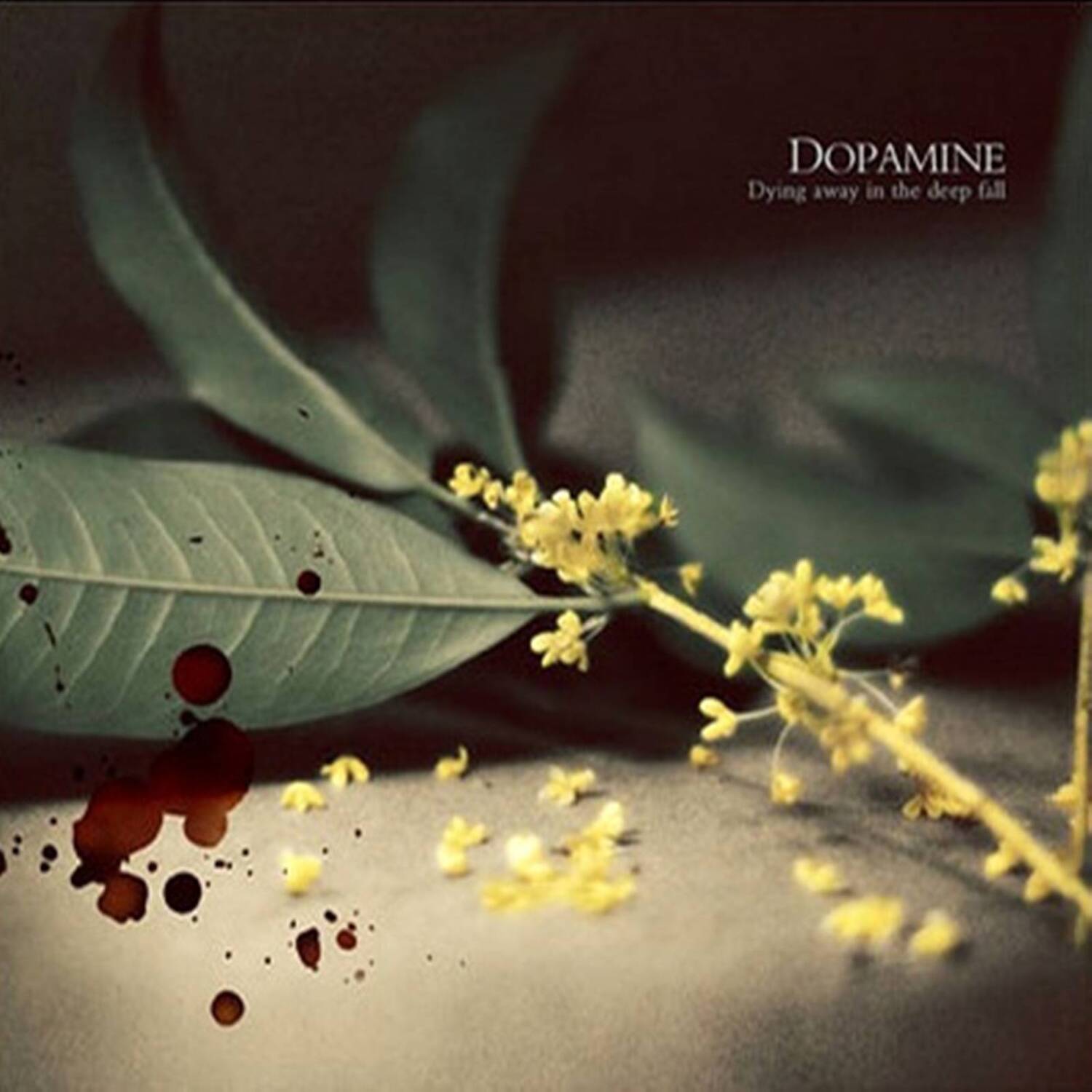
Dopamine “Dying Away in the Deep Fall” (2010)
Technically this is an unofficial release that started to circulate in 2010 as a digital/streaming fan made album, based on unreleased material of a project recently disbanded; it will be officially released by the band with a different cover only in 2019.
Dopamine is another band part of the split The World Comes to an End in the End of a Journey released by Pest Productions: formed in China under the influence of Alcest, on this album they show a very strong influence from the french band providing sad melodies (Melting, Dying Away in the Deep Fall), but also more post-rock oriented vibes (Incised by Water). Production is generally fine, but sometimes too dry, which is a common problem of albums released at the time.
However the overall feeling related to this album is definitely good, Dopamine certainly knows how to craft emotional music and even on the more depressive black metal influenced parts (i can hear also a strong Austere, Woods of Desolation tribute) they remain sticked to an original formula. At the time this record had already become a sort of cult album among blackgaze listeners, which is pretty much atypical for an unofficial release.
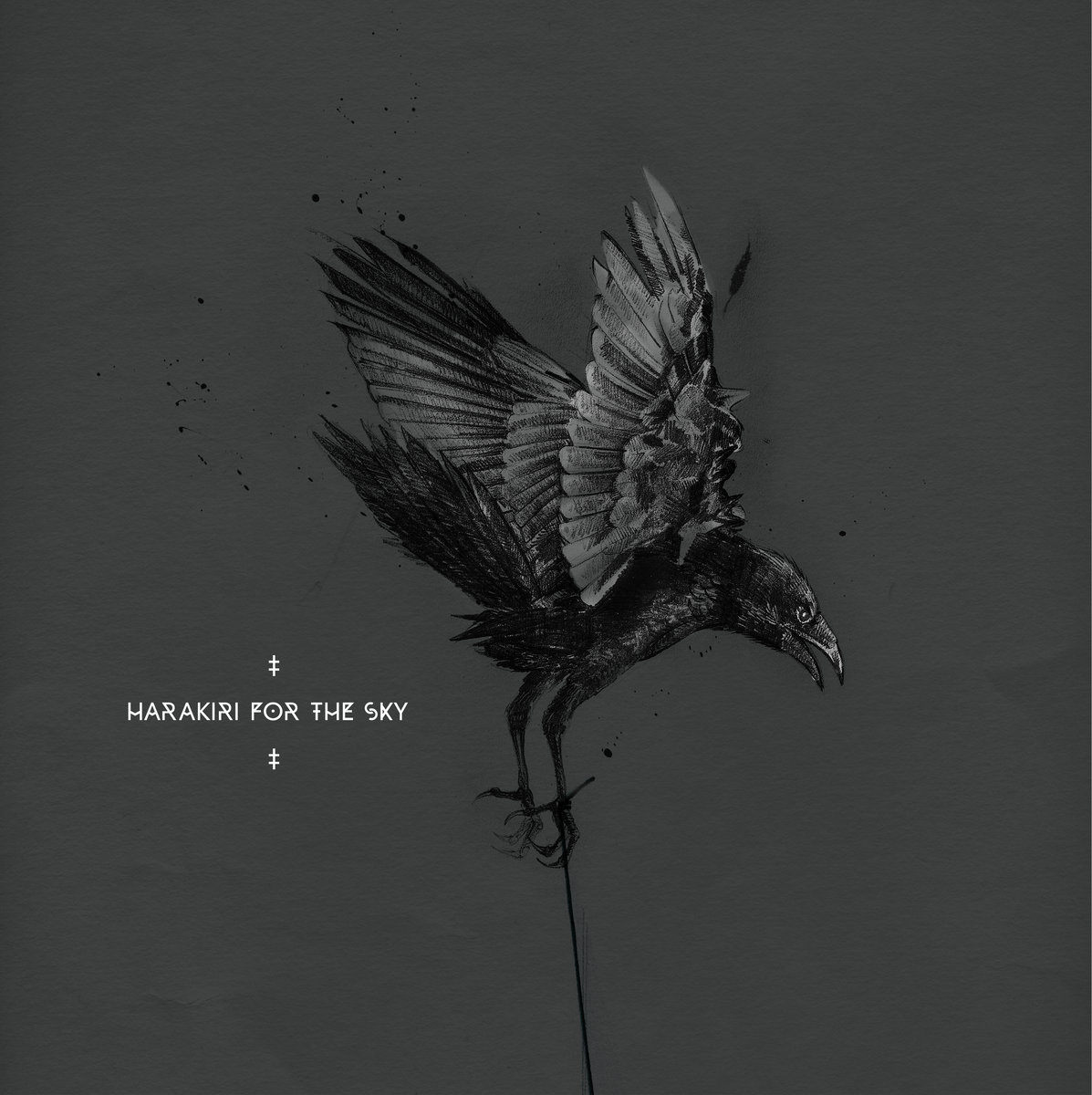
Harakiri for the Sky “Harakiri for the Sky” (2012)
Nowadays Harakiri for the Sky is one of the bigger names of the genre, even after the Sunbather revolution that dosen’t influenced much their formula.
This duo was formed in Austria in 2012 between Vienna and Salzburg, and it is composed by Michael Jimbo Jones (Vocals, lyrics) that provides the hardcore influences (a good trademark for the band in my opinion) and Mathias Sollak (all instruments and songwriting), which comes from a more black metal background.
When this self titled album came out the band was pretty unknown and their music has been received as a sort of mix between the newborn post-black metal/blackgaze (Lantlôs, Alcest), modern german post-black metal in the vein of Agrypnie and atmospheric black metal inspired by Austere and Woods of Desolation.
Harakiri’s musical approach is pretty distincitive and differently than very similiar bands like Heretoir and King Apathy they haven’t changed much their style through the years on their five albums, the production has always been very modern, a bit too digital sounding for my taste, but certainly coherent.
This is with the following Aokighara (2014) their best effort in my opinion, showing proudly their enthralling drums driven sections accompanied by melancholic metal guitar melodies and hardcore-ish vocals.

Dreariness
“My Mind is too Weak to Forget” (2013)
Even if it
is not the best by this band, this albums is important to be included since it
chronologically closes the cycle of very well received albums before the
release of Sunbather, and it is obviously more associable to the Écailles de
Lune influenced formula.
Formed in
Rome, Italy back in 2012 this band revolves around three members with some
constant collaborators. After an unpleasant experience with an old vocalist
that continued to use the band’s name and instrumental arrangements, the
remaining members answered to this event by forming their own version of the
band with a more convincing and solid imaginery and sound (the other band have
released nothing more than demos) expressed thorugh this album.
Distincited
by some very extreme vocals (which is probably the only metal thing alongside
some double kick patterns), and long minimal songs with very catchy melodies,
Dreariness’ formula have been very well received. Some moments here are very
good like the incredibly melancholic chorus arpeggio of My Mind is too Weak to
Forget, or the one from Lost, both beautiful and intense. Also the very
addictives melodies of One Last Wish (which is one of the best songs on the album)
are definitely impressive.
Beside that
some other moments (Coming Home, Dysmorphophobia) are not convincing in the
same way, and the very digital and compressed production haven’t aged really
well, especially guitar distortions that
are probably the most penalised element.
In 2016
Dreariness released Fragments, a more mature album that shows more post-rock
direction and some very good songwriting moments.
- Rodolfo
Ciuffo






